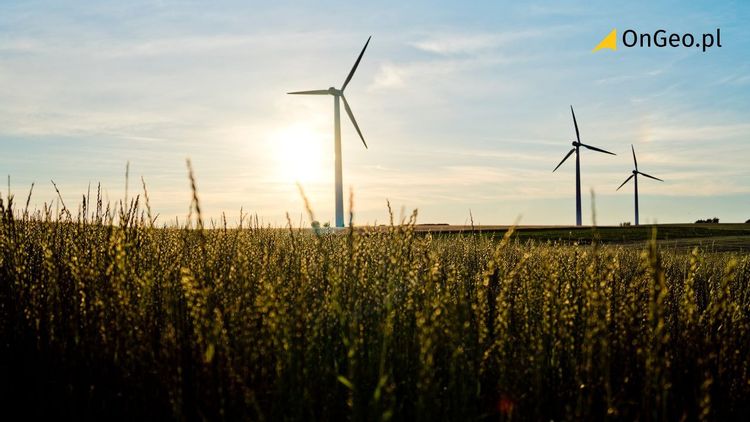
Polish consumers must prepare for significant increase in gas prices in the coming months. Forecasts indicate that gas bills can increase even by 50%, which is simply a serious burden for many households. This increase is due to respective key factors that we will discuss below.
New distribution tariffs approved by ERO
In December 2024 Energy Regulatory Office (URE) approved a fresh tariff for the distribution of gas fuels for Polish Gas Company (PSG). This decision results in an average increase in transmission charges by 24.7% compared to erstwhile rates. PSG, as the main operator of the gas distribution strategy in Poland, operates around 7.5 million customers via a network of over 210,000 kilometres of pipelines. The increase in distribution fees straight translates into higher end-user accounts.
Examples of calculations for households
To illustrate the scale of increases, we present examples of calculations for different tariffs:
- W-1.1 Tariff (users utilizing gas stoves): monthly fees will increase with PLN 42.35 au PLN 52,94, which represents an increase by PLN 10.59 (approximately 25%).
- Tariff W-2.1 (users utilizing gas cookers and water heaters): monthly fees will increase from PLN 123.45 au PLN 154.31, which represents an increase by PLN 30.86 (approximately 25%).
- Tariff W-3.6 (gas-house heating users): monthly fees will increase with PLN 566,29 au PLN 707,86, which represents an increase by PLN 141.57 (approximately 25%).
Introduction of ETS2 and its impact on prices
An additional origin affecting the emergence in gas prices is the European Union's intention to introduce a fresh emissions trading strategy known as ETS2. This strategy will cover sectors not yet covered by the ETS, specified as road transport and construction, which will affect fossil fuel prices, including gas. Analysts foretell that the implementation of ETS2 can increase gas prices by PLN 90 per megawatt hr (MWh)which translates into higher consumer accounts.
Potential effects on households
The combined impact of increases in distribution fees and the introduction of ETS2 may consequence in an increase in gas bills even by 50%. For an average household this means an additional financial burden PLN 1200 per year. This could lead many consumers to search alternate energy sources or to implement measures to increase energy efficiency.
Possible mitigation actions
In the face of the upcoming increases, consumers can take respective steps to minimise their impact on the home budget:
- Investments in thermomodernisation: Improving the insulation of buildings can importantly reduce the energy consumption needed for heating.
- Replacement of heating equipment: Replacement of old gas boilers with modern, more efficient models can bring savings in gas consumption.
- Use of support programmes: The government and the European Union offer various forms of backing to those who decide to improve the energy efficiency of their homes.
- Change of gas supplier: Comparison of offers from different suppliers and selection of the most advantageous tariffs can aid reduce costs.
Future prospects
The increase in gas prices is not only a problem for Poland but besides for Europe as a whole. Global trends, specified as rising energy demand, climate policy and geopolitical tensions, influence energy commodity prices. It is so crucial for consumers to be aware of these changes and to take action to increase energy independency and energy efficiency.
The upcoming increases in gas prices are a major challenge for many Polish households. The increase in distribution fees and the introduction of the ETS2 may increase gas bills even by 50%which translates into additional PLN 1200 per year.
Continued here:
Increase in gas prices before issuing the bill. We'll pay more than 50%!














